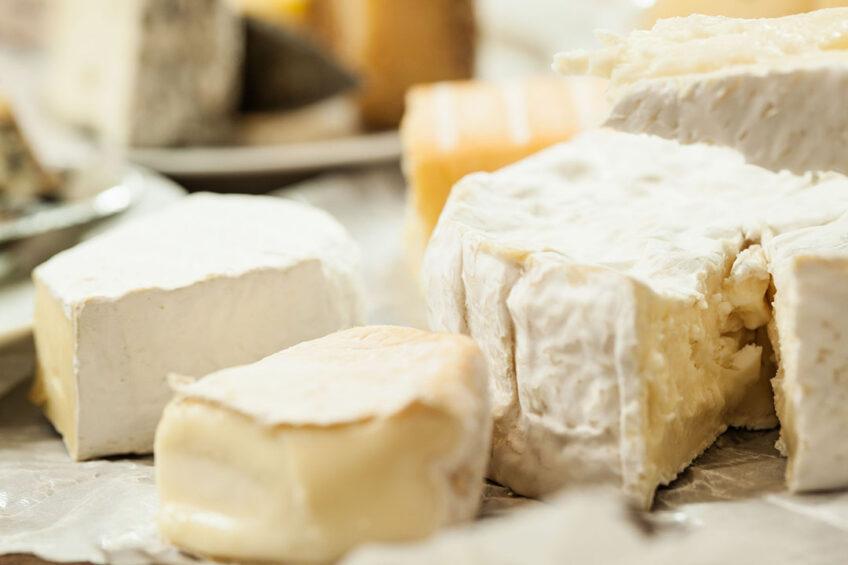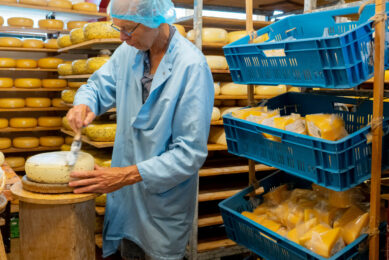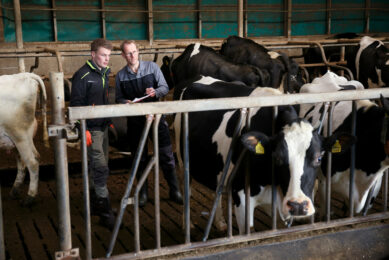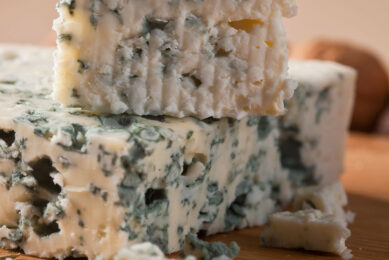Ultrasound treatment to improve cheese quality

Ultrasound cavitation treatment could help improve the taste parameters and texture of some soft cheeses, research conducted by a group of scientists from Moscow-based Russian State Agrarian University showed.
The proposed method appeared to be beneficial for the decontamination of pathogenic microorganisms, meaning it could be used as an alternative to pasteurisation, which, the scientists say, is energy-intensive and leads to a change in the components of milk, such as the mineral composition, especially calcium, vitamin, salts, and amino acids.
The authors used milk of Saanen goats and Black-and-White cows to study the physical impact of acoustic cavitation on the physicochemical and structural-mechanical characteristics of milk and dairy products. Milk was processed after the end of the bactericidal phase in 3-4 hours, considering the control of the heat load on milk. To reduce the bacteriological load, thermal treatment (65°C, 30 min) of whole milk was carried out after its cavitation treatment to manufacture Adyghe cheese.
Adyghe cheese is classified as soft cheese, which has a clean, spicy, sour taste and smell and a delicate, uniform, moderately dense texture.
Cheese studies
The experimental studies have shown that the use of acoustic cavitation is a promising direction in the development of technology for the production of Adyghe cheese from goat and cow’s milk since ultrasonic treatment contributes to a change in the structure of the molecules of milk protein complexes, which leads to a significant improvement in the organoleptic characteristics of soft cheese, the scientists said.
When using acoustic cavitation in the production of Adyghe cheese, the consistency of the finished product had a denser and more delicate structure, and the colour had a pleasant creamy tint.
Functional components that can be enriched with Adyghe cheese are contained in curd whey. It belongs to whey proteins and its active peptides that not only affect the structure and yield of cheese but also enrich it with additional amino acids, thereby increasing its nutritional value.
The scientists suggest using the 45 kHz mode, with a processing time of 17 min, which they said affects the microstructure of cheese, organoleptic, and physicochemical indicators in the best possible way. In general, the use of physical methods for the impact of ultrasonic acoustic cavitation and avalanche streamer discharge on milk and dairy products is currently a promising area of research, they stated.
Join 13,000+ subscribers
Subscribe to our newsletter to stay updated about all the need-to-know content in the dairy sector, two times a week.










